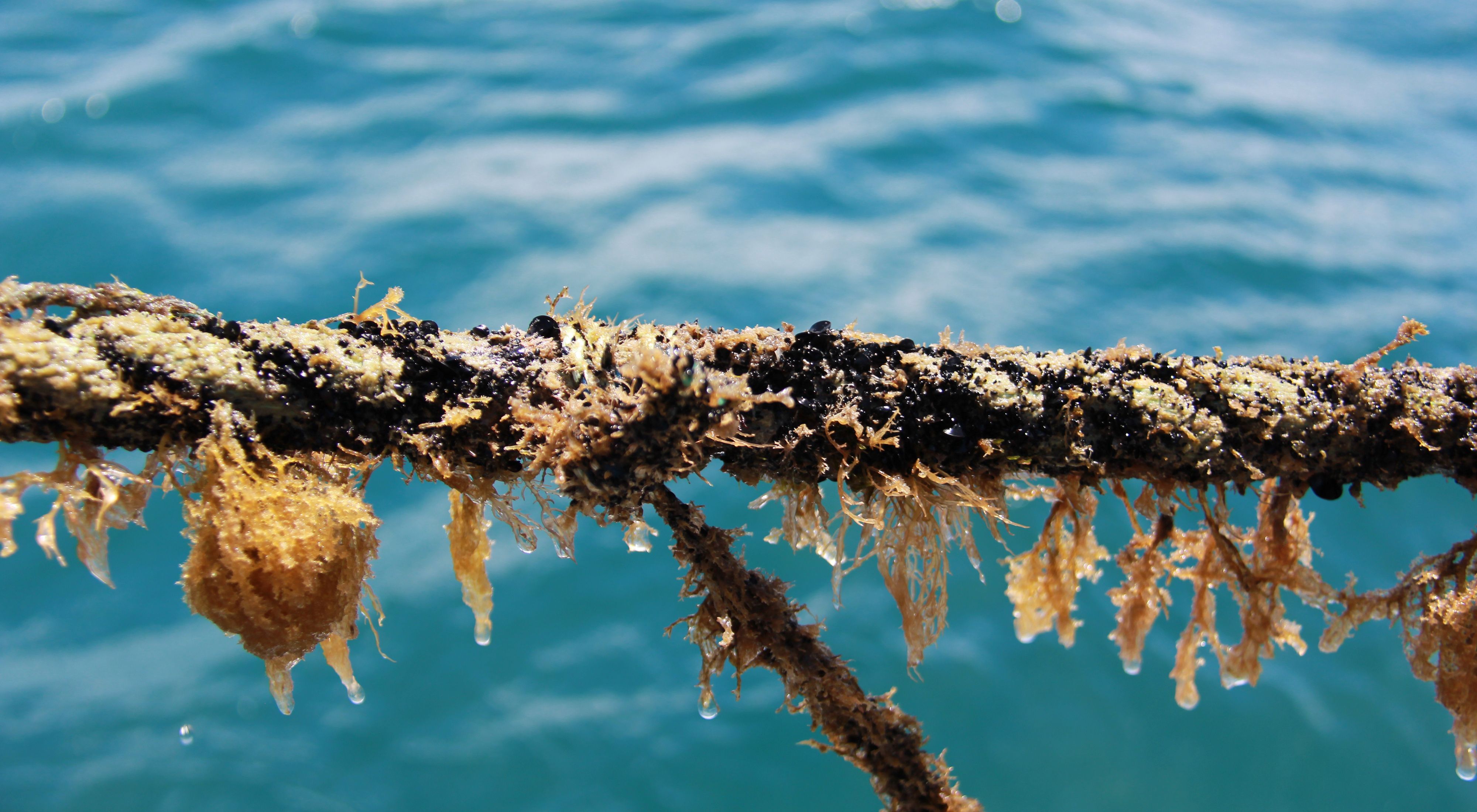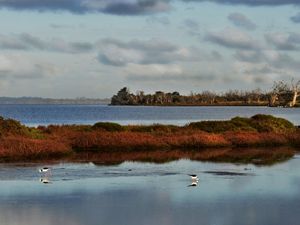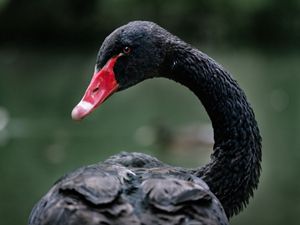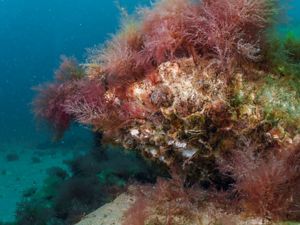Shellfish Gardening
Working with communities to restore shellfish reef ecosystems to local waterways
We’re partnering with community volunteers — shellfish gardeners — to grow mussels or oysters in specially designed ‘gardens’.
The role of shellfish gardeners is to monitor and maintain shellfish from juveniles to adults. The adult shellfish will be used to help turn a new reef base into living shellfish reefs.
This program supports our shellfish reef restoration work to bring back a near extinct ecosystem to improve local water quality, biodiversity and fish stocks. The environmental benefits also improve the enjoyment of our waterways for both locals and visitors. In particular, they provide a boost for the eco-tourism, hospitality and fishing sectors.
Rebuilding shellfish reefs also creates local jobs in industries such as maritime construction, aquaculture and natural resource management. In fact, building shellfish reefs can create more jobs than traditional infrastructure investments.
How shellfish gardening works
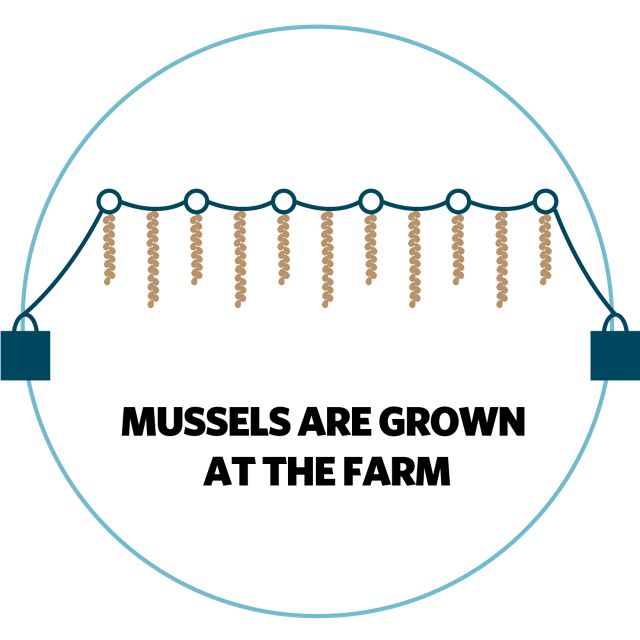
Mussel ‘spat’ (small juvenile mussels) are grown on long ropes hung on a shellfish aquaculture farm.
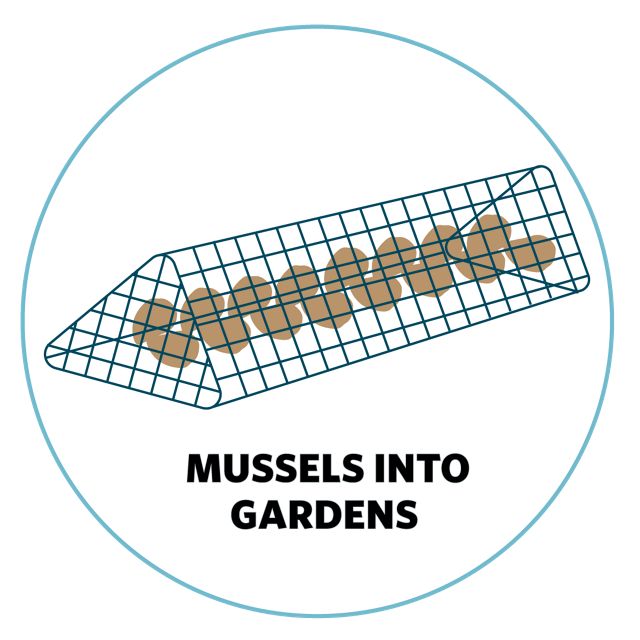
When the juvenile mussels grow to about 20 mm in size, sections of the ropes will be placed in growing baskets. Gardeners will then hang the baskets off private jetties and other suitable waterside structures.
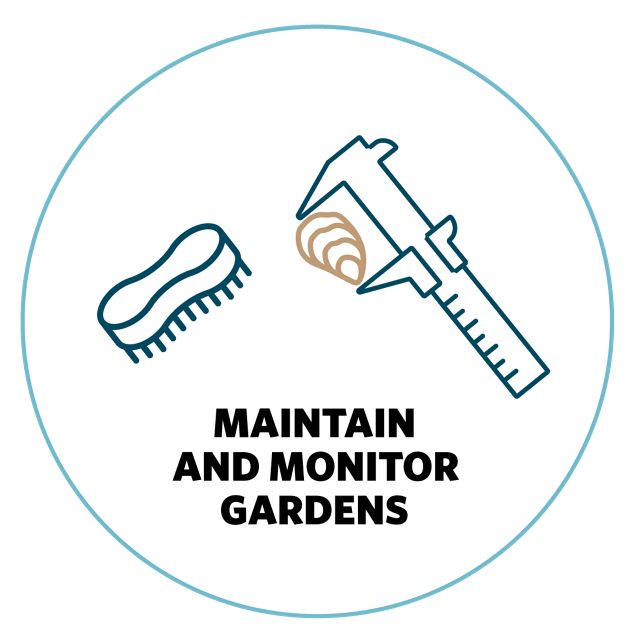
Gardeners will regularly monitor mussel growth and survival. They will also record the other marine life that settles on the baskets (‘bio-foul’), then clean it off so the mussels continually receive a good supply of water and food to support their growth. All of the gardening data will be regularly sent to us so we can understand trends in mussel growing success and other ecosystem patterns.
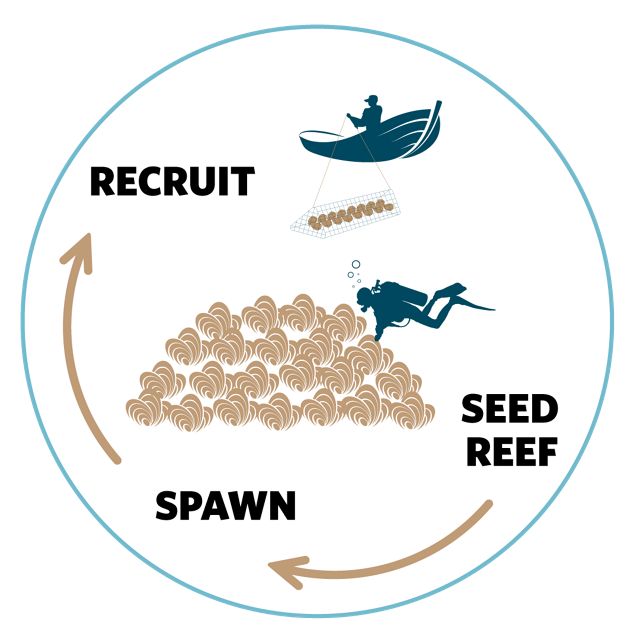
When the mussels are mature, they will be used to help ‘seed’ new reef base we construct, and convert it into a living, self-sustaining mussel reef.
The gardening community
We have over 130 volunteer residents registered in our Shellfish Gardening Program, as well as two schools: Coodanup College and John Tonkin College. They'll provide much-needed support for growing about 50,000 mature mussels to help stock our new reefs.
With our assistance, these gardeners will monitor their baskets each month to check and report on their progress.
Mussel Muster
In November 2021, TNC hosted an event for our shellfish gardeners called the 'Mussel Muster'. Gardeners celebrated a tremendous effort in growing over 200 kg of Blue Mussels.
Mussels grown by local shellfish gardeners will be used to seed the first trial beds in the Peel-Harvey estuary in 2022.
Volunteers, community residents and school groups also gathered to learn about and participate in our shellfish restoration project.
Check out a video below on the event.
Shellfish gardening in action
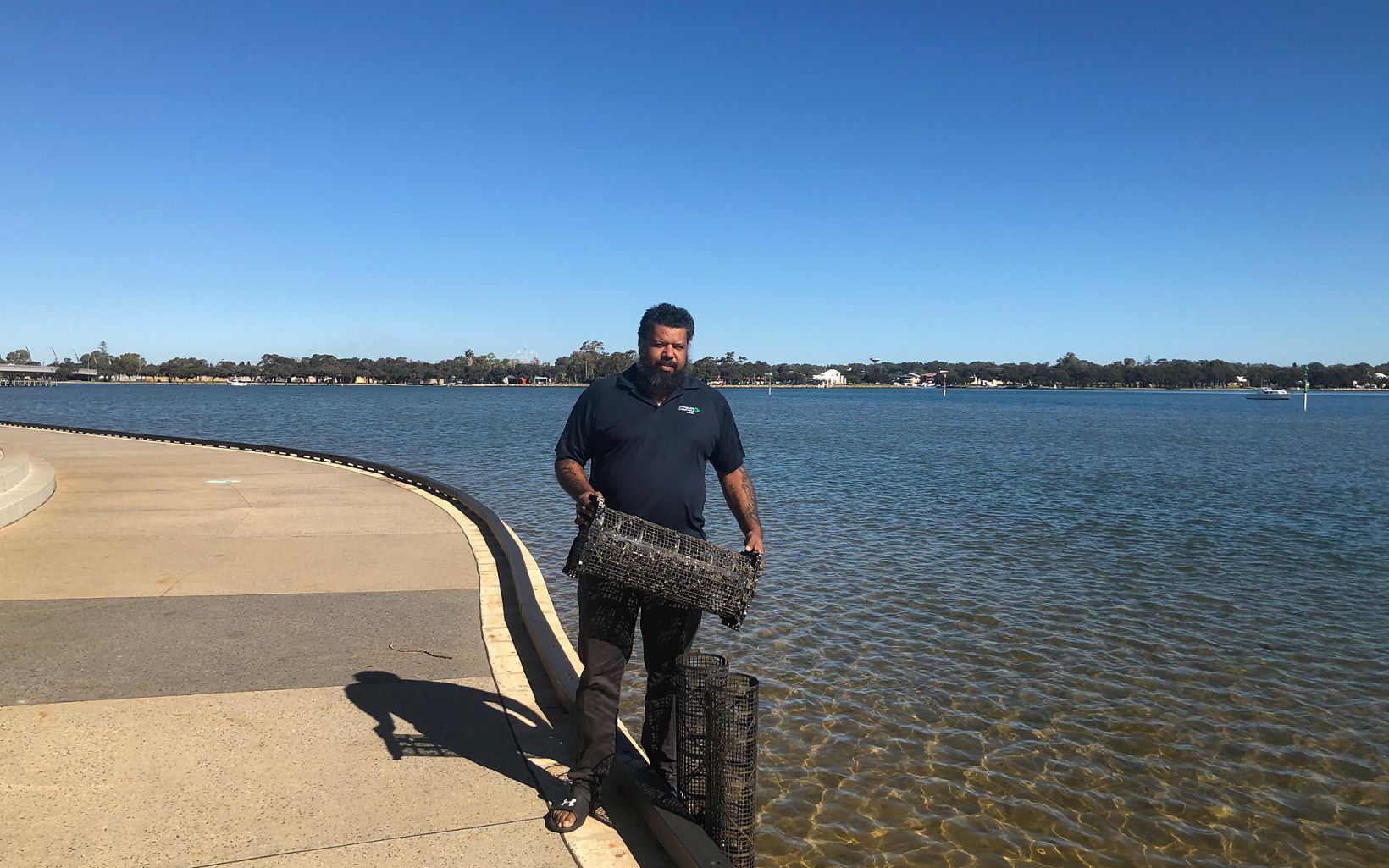
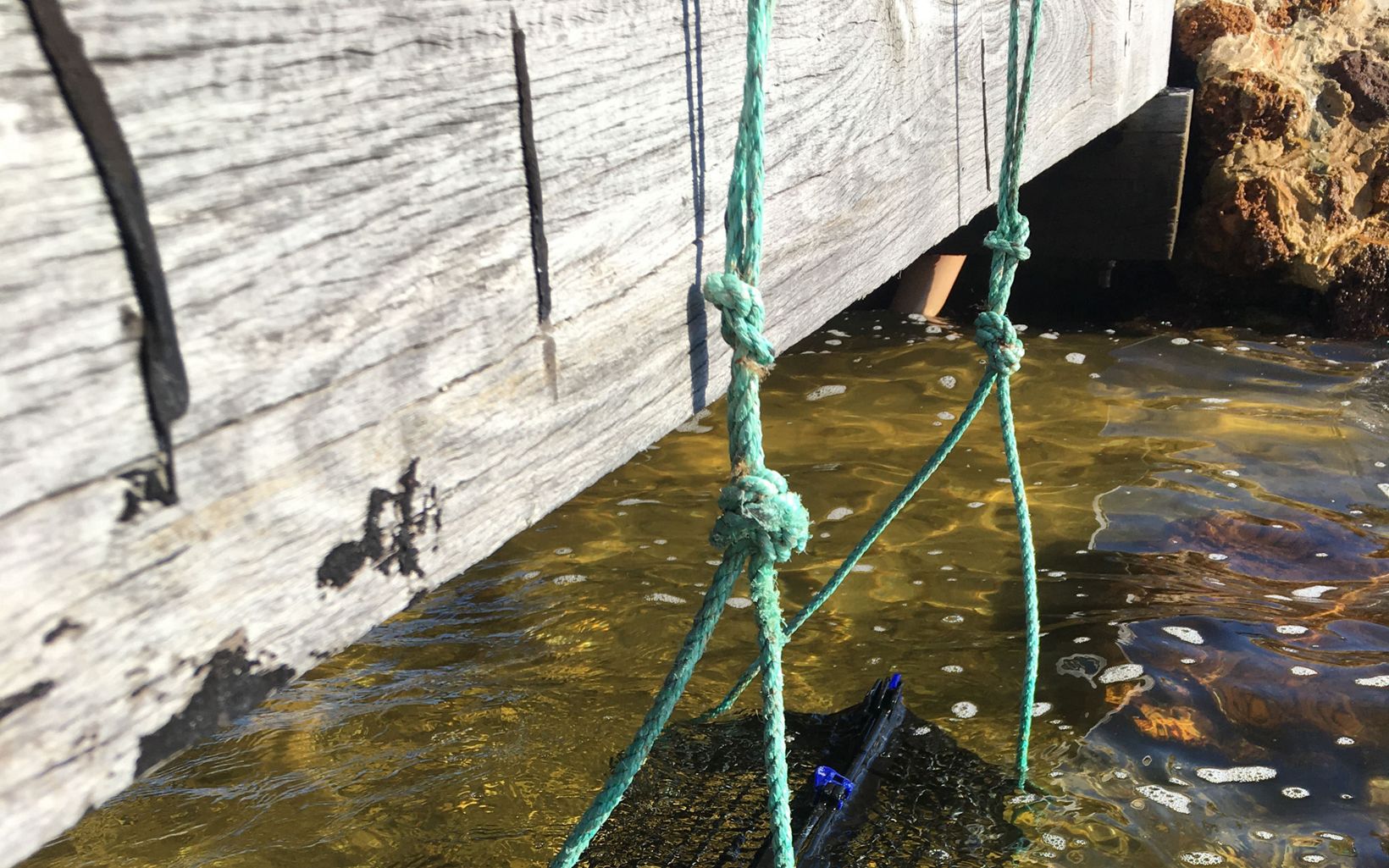
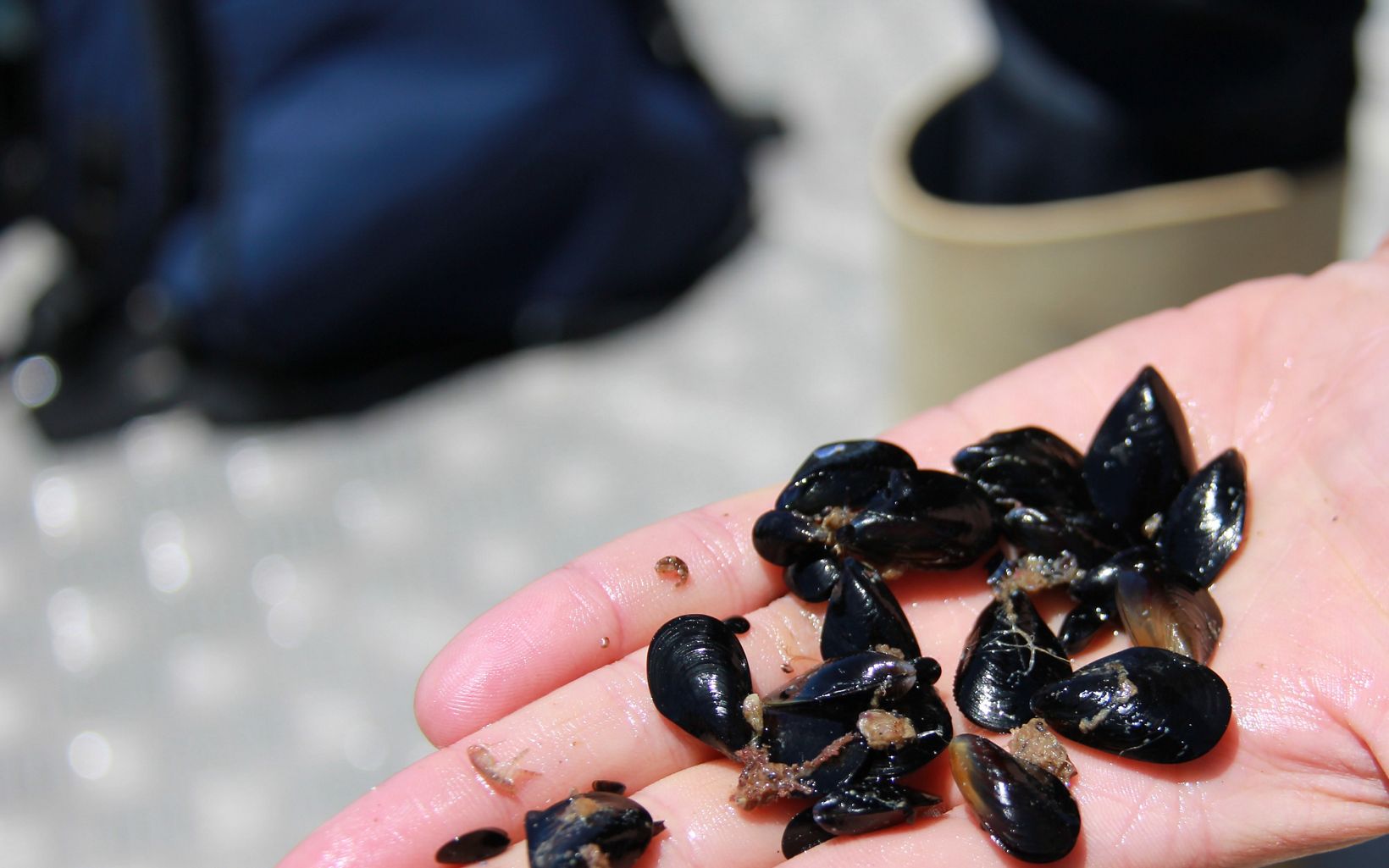
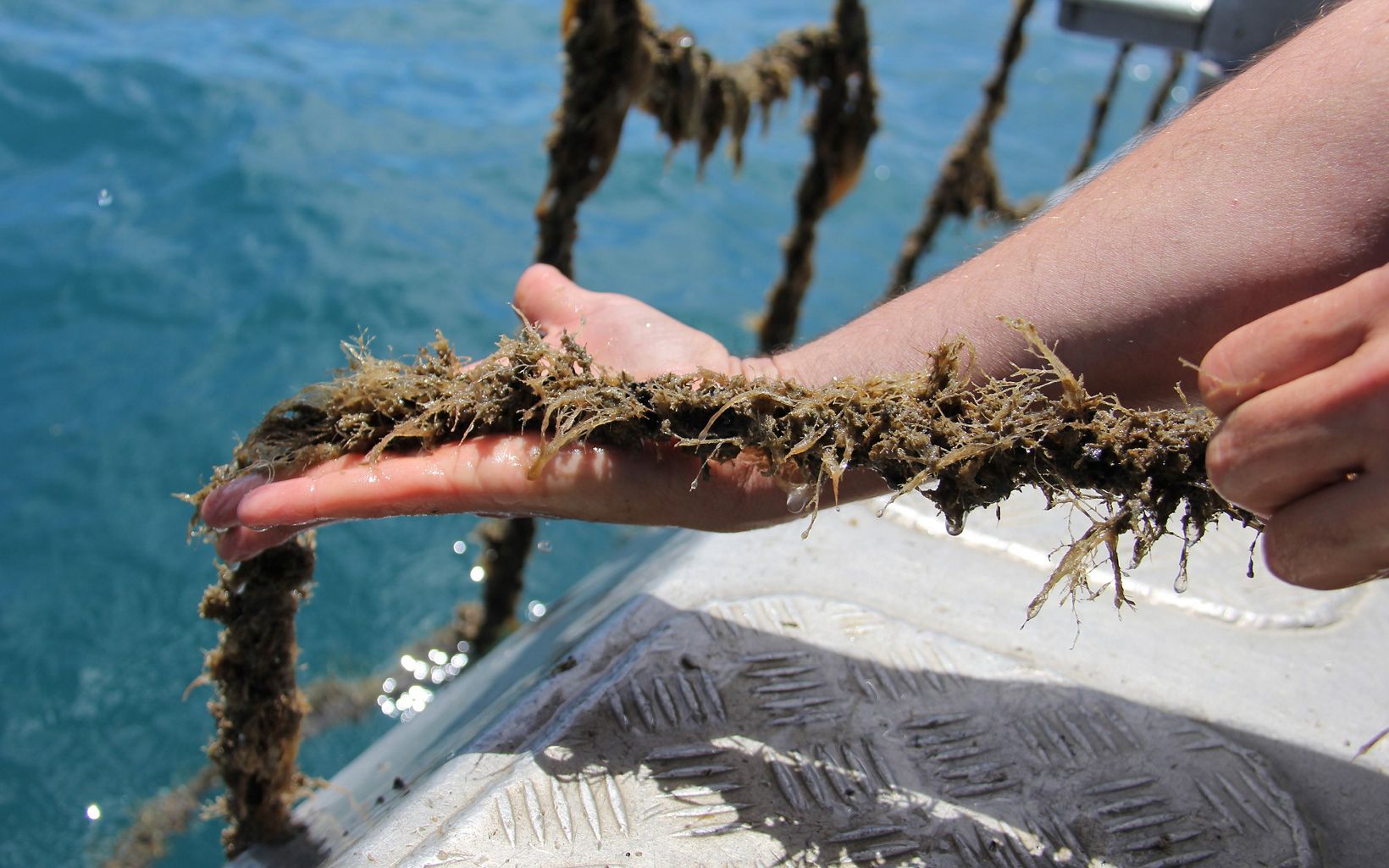
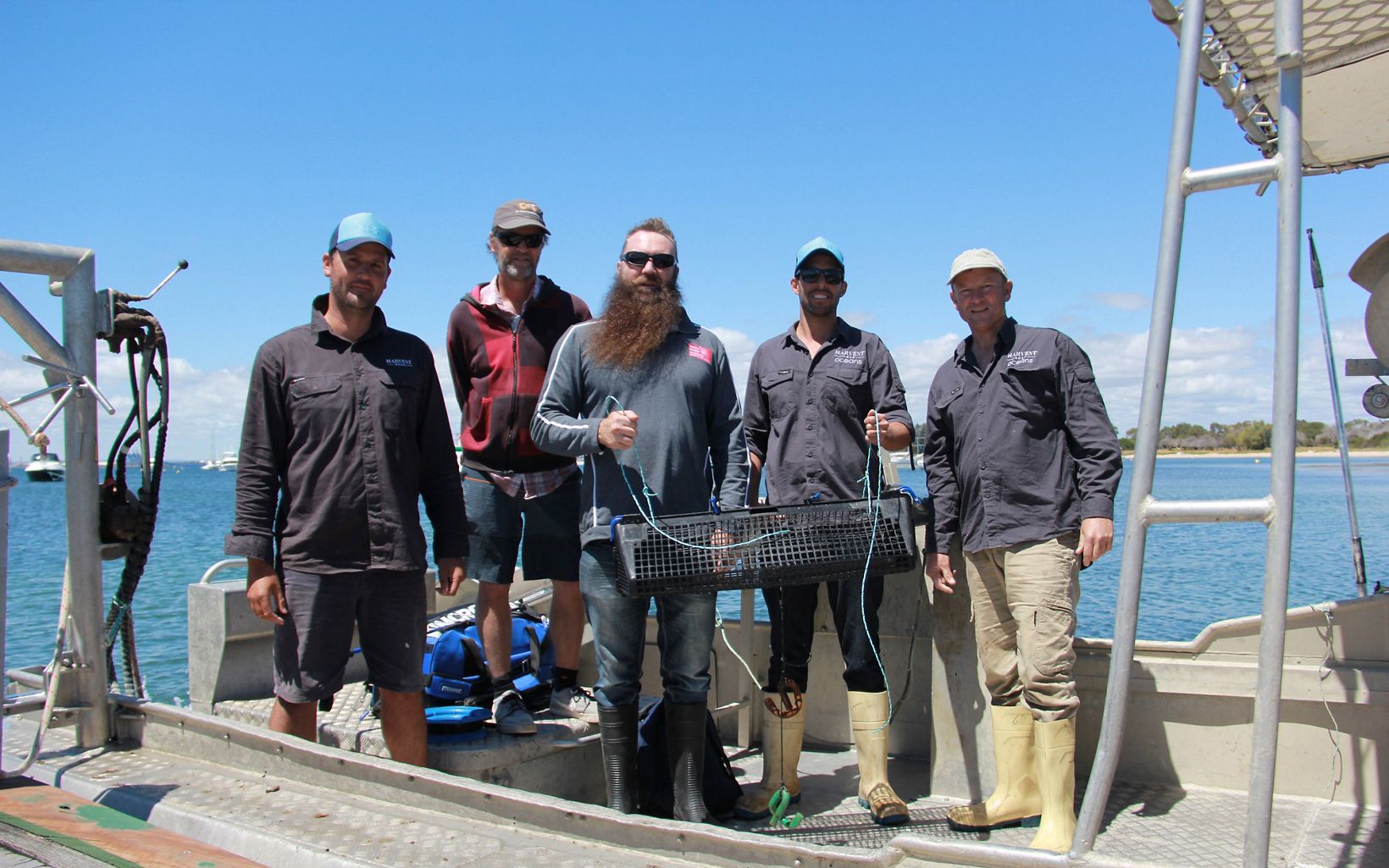





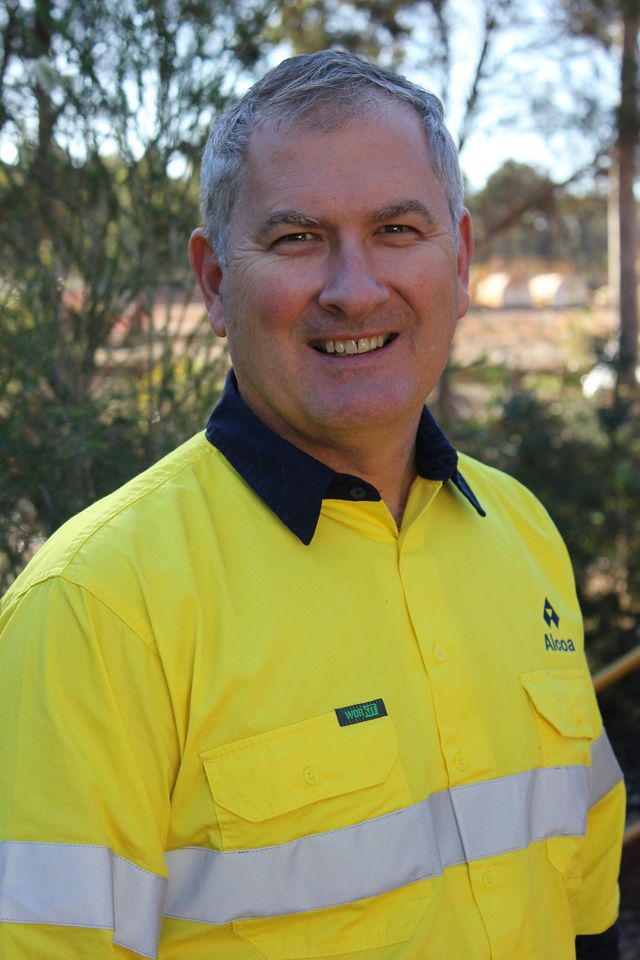
“The Alcoa Foundation is proud to partner with The Nature Conservancy to help improve the health of the Peel-Harvey Estuary through shellfish reef restoration – we’ve been a supporter of their work since 2017. Given our long history in the Peel region, we know how important this waterway is to the local community, and we’re thrilled to support this gardening program where people can play an active part in making this ecosystem more resilient.”
Michael Gollschewski,
Vice President Australian Operations and Alcoa Foundation Board Member
About shellfish reef restoration in the Peel-Harvey Estuary
The Shellfish Gardening Program is part of a larger project that we’re leading in the Peel-Harvey Estuary to restore native Blue Mussel reefs. We’re helping to bring back the ecosystem and local community benefits that these critically-endangered marine habitats provide. Click here to learn more about shellfish reefs.
The first phase of our work explored the feasibility of restoring shellfish reefs in the Peel-Harvey, and understanding which practical approaches were most important to the local community to help improve the health of their estuary. Shellfish gardening and reef restoration is the second phase, and forms a key part of our bold national initiative to restore 60 reefs across the southern coast of Australia from Perth to Noosa.
Our work forms part of the Three Rivers, One Estuary initiative funded by the Alcoa Foundation. The initiative brings together Greening Australia, Peel-Harvey Catchment Council and The Nature Conservancy to help improve the ecosystem health of the Serpentine, Murray and Harvey rivers and the Peel-Harvey Estuary that they feed.
Shellfish gardening and reef restoration is the second phase, and forms a key part of our bold national initiative to restore 60 reefs across the southern coast of Australia from Perth to Noosa.
Thanks to the support of project partners and stakeholders: The Alcoa Foundation and partnerships with the Peel-Harvey Catchment Council, Murdoch University, Harvest Road Oceans and many other local agencies.
You can help us bring back shellfish reefs across southern Australia.
Just $35 per month for a year, can buy enough oysters, mussels and limestone to build 8m² of reef.
